MIFF 2022 Film Review - Mona Lisa and the Blood Moon
Images courtesy of the Melbourne International Film Festival.
After her moody black-and-white vampire debut A Girl Walks Home Alone at Night, and her meandering apocalyptic follow-up The Bad Batch, Ana Lily Amirpour returns with a hilarious neon-soaked third film that continues the character-driven approach of her previous work, but with a stronger driving narrative force than before, and an off-kilter sense of humour to top it off.
The film follows a young Korean woman with psychokinetic abilities and no memories, played to quiet perfection by Jeon Jong-soo, escaping from a mental institution – where she was likely held against her will – and discovering the exaggerated New Orleans night-life, bathed in a neon glow and the smell of alcohol, encountering numerous oddball characters on her bizarre adventure. She doesn’t really have a place to go, she just needs to get as far away from where she was. Nobody seems to know who Mona is, why she has these powers, or where she came from.
The heightened tone is exaggerated by a Gilliam-esque wide-angle lens, bending the edges of the frame and getting cartoonishly up-close to the characters. There’s a deliberate dolly-zoom motif every time Mona uses her telekinetic powers, and the camera is constantly floating around as if observing a dream. Combined with the colourful neon palette, it gives everything an ethereal, psychedelic quality.
Despite this, there’s a tangible, lived-in feel to the world presented: all the characters feel natural, they all fit perfectly in this bizarre world. While lacking in terms of a fictional narrative arc, opting more for flowing seamlessly between vignette after vignette, which is where character is key. A colourful ensemble cast of eccentrics help, teach, or chase Mona on her surreal journey.
After escaping, Mona first meets Fuzz – a laid-back Ed Skrein – the deceptively lovable DJ/drug dealer who seems to find a soulmate in Mona. This character plays on audiences’ pre-conceptions of a tattooed, horny night-hound who in another movie might take advantage of Mona, but here acts as a beacon of strange wisdom, as he knows this world and helps Mona with whatever she needs.
After a chance encounter with Mona, Officer Harold – a kind-yet-authoritative Craig Robinson – reluctantly becomes the police officer tasked with finding her, after she forces him to shoot his own leg with her telekinesis. He starts off as seemingly the antagonist, but he’s just a man doing his job, and in the end only wants to help Mona.
He is in contrast with Bonnie – Kate Hudson’s bold and vociferous pole-dancer –who at first teaches Mona the ups and downs of her work, acting as a sort-of mentor, but becomes a predatory figure as she abuses Mona’s psychic abilities to get rich quick. Instead Mona finds an unlikely friend in Bonnie’s seemingly self-sufficient son Charlie, the snarky Evan Whitten, the true heart of the film, who tries to help her escape the authorities.
Amirpour is seen mastering the art of the supporting character, like the Coen Brothers before her. We know nothing of these characters and this world other than what’s presented in the film and yet it’s a perfectly captured snapshot of their fictional lives, filled with little fleshed-out details and organic personalities, creating lives that extend beyond the 106 minutes we share with them.
Follow Nick on Twitter and Letterboxd.
Mona Lisa and the Blood Moon screened as part of the Melbourne International Film Festival, running in cinemas August 4-21 and online August 11-28. For more info, click here.

